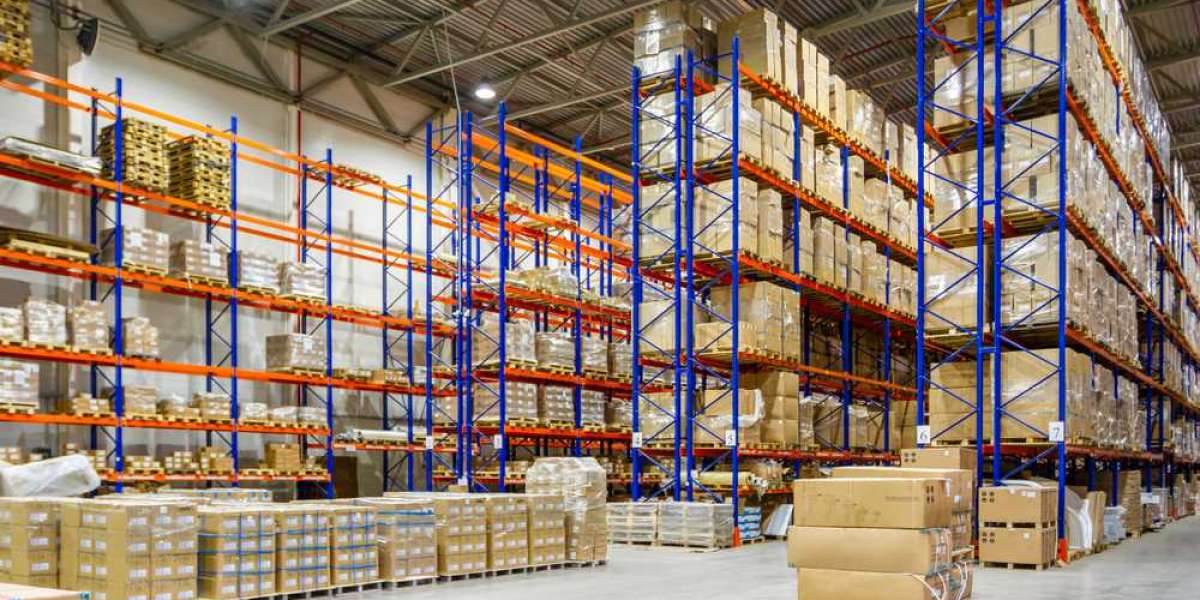Welcome to an intriguing exploration of how innovative design and emerging technology are revolutionising one of the unsung heroes in the world of logistics and inventory management: The humble pallet racking system. Are you aware that these under-rated, over-utilised structures are currently undergoing a quiet revolution, much like many things in the 21st century? Could you believe that the once static, lumbering beasts of burden in storage areas worldwide are now responsive, dynamic and even intelligent? Let's immerse ourselves in the world of pallet racking, the marvels in their design evolution and the extraordinary technology driving these transformations.
Imagine walking into a typical warehouse. You see towering stacks of pallets reaching to the ceiling, each neatly packed with goods standing completely still save for the occasional forklift moving yet another pallet into place. It's been like this for decades. But what if something could change? What if these monolithic rows could move? Could adjust? Could even 'think'? That’s the revolution that is upon us now.
This article aims to guide you through the paradigm shift taking place in warehouses globally. We will unpack the innovative designs and cutting-edge technologies transforming pallet racking, reflecting upon their origins, their trajectory, and what they mean for the future of warehousing operations. Brace yourself for an enlightening journey.
Why the Buzz Around Pallet Racking Innovation?
Pallet racking systems have long created headaches for warehouse managers due to their bulky nature and inflexibility. But decades of design stagnation and technological neglect have given way to a fresh wave of innovation. Spurred by advancements in technology and an increased understanding of warehouse operations' potential efficiency.
Rising demand for increased efficiency and productivity, along with significant leaps in tech arenas such as automation and AI, has led to these quiet industrial battlegrounds. There is now an acute focus on optimising space, improving inventory control, and increasing worker safety and comfort.
These new aspirations necessitated a rethinking of how we approach pallet racking. No longer just a space to bulk store goods, the pallet rack of today (and tomorrow) is a crucial component of efficient workflow, real-time inventory control, and strategic space utilisation.
What's new in Pallet Racking Design?
Traditional, rigid pallet racks have evolved into flexible, modular entities that can adapt to fluctuating business needs. Designs incorporating adjustable, sliding, or rotating elements allow us to repurpose space as required rapidly.
Another significant step forward in pallet rack design is the move towards more ergonomic structures. Improved accessibility reduced lifting strain, and the addition of safety features make for a healthier, safer workspace.
Perhaps the most striking development, though, is the advent of mobile pallet racking systems. These motorised racks can compress unused aisle space, dramatically boosting storage density. This type of design allows managers to cater to changing storage needs in an instant, creating a more versatile and efficient storage solution.
Breaking Ground with Technology
When we talk about technology in relation to pallet racking, we are looking beyond digital CAD designs or advanced manufacturing techniques. Instead, it's about embracing innovative advancements like automation, robotics, and IoT.
Automated guided vehicles, or 'AGVs', are now commonly used in warehouses worldwide. They work alongside automated pallet racking systems to ensure efficient, reliable, and safe operation.
The integration of IoT technology into pallet racking offers real-time inventory tracking and data analytics, providing significant advancements in warehouse management. It enables managers to develop operational strategies based on accurate, up-to-the-minute data.
The Pros and Cons
The advantages of these advancements in pallet racking are numerous. We're experiencing increased efficiency and space utilisation, better inventory control, and improved worker safety.
On the flip side, these innovative systems often come with a higher price tag. They require an up-front investment for installation and maintenance costs, not to mention the necessary workforce training. Also, the dependence on technology brings about its challenges, such as potential system failures or cyber threats
Conclusion
Gone are the days when pallet racking in warehouses was just a static infrastructure for storing goods. In our dynamic, fast-paced world, where efficiency, accuracy, and speed are prized, the innovative designs and cutting-edge technologies transforming the otherwise humble pallet racking systems bear exciting promise. They signify the dawn of a new era in warehouse management, an era defined by smart systems, optimised workflows, and a commitment to overall operational excellence. As these advancements continue to unfold, we can expect a future where warehouses operate as seamlessly as a well-orchestrated symphony, where every rack, every pallet, has an intelligent role to play.



